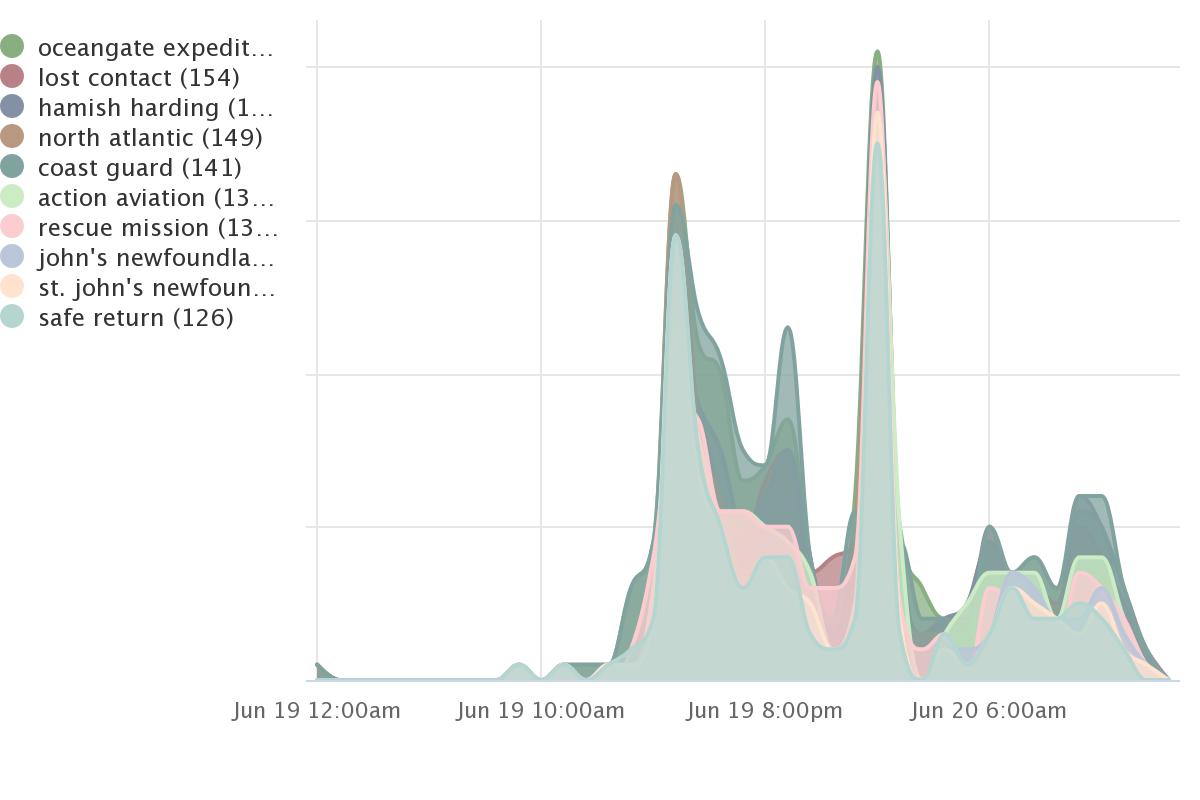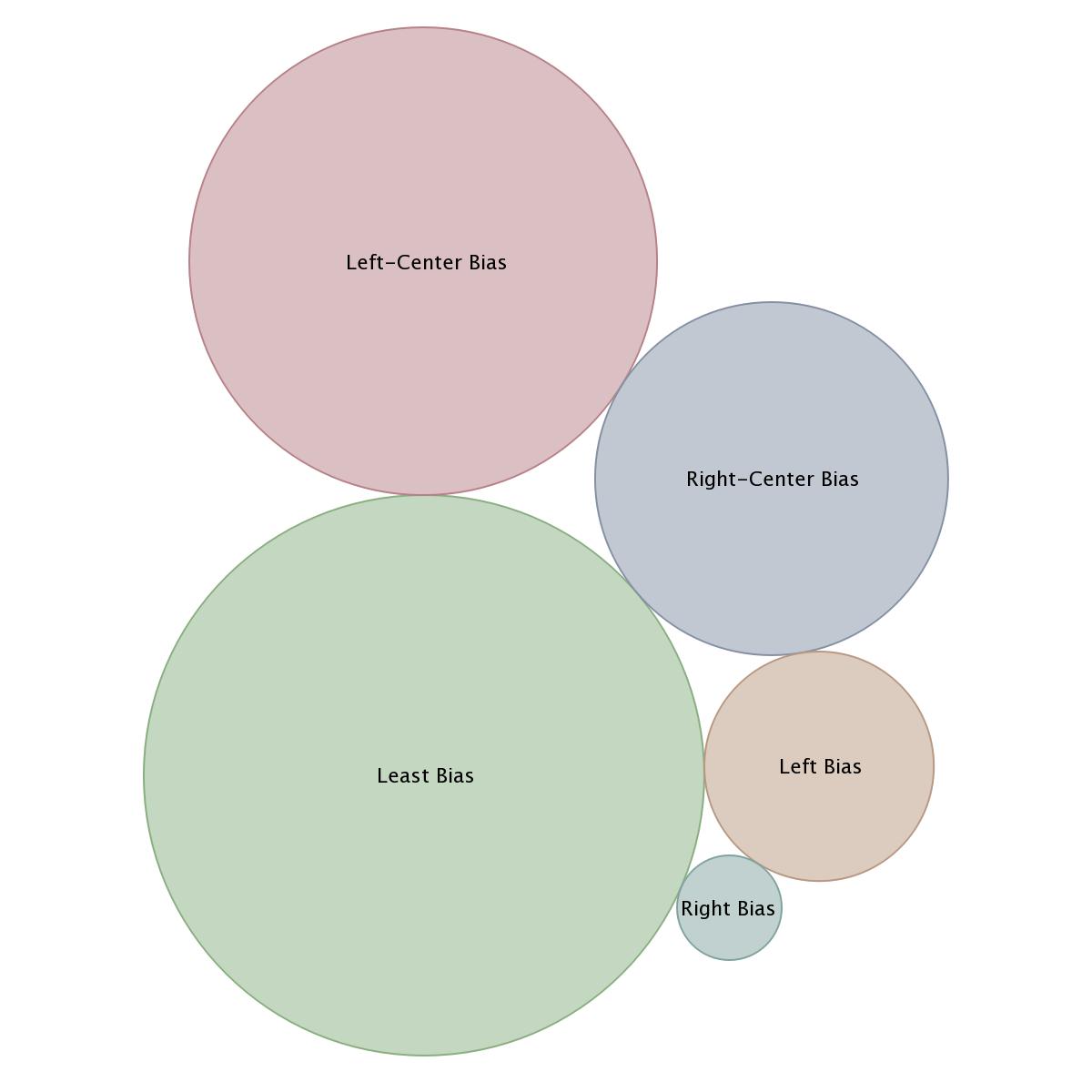
Media narratives have emerged surrounding the disappearance of a tourist submersible during a deep-sea exploration mission to locate the wreckage of the Titanic. The Boston Coastguard has initiated a search and rescue operation to locate the missing vessel, raising concerns about the safety of the passengers and the technological challenges faced in the search.
Our Kudzu Narrative Intelligence briefs auto-update every few hours with fresh analysis:
The U.S. Coast Guard is actively engaged in a search and rescue mission to locate the missing submersible that was exploring the wreckage of the Titanic. CBS News correspondent David Pogue has reported extensively on submersibles and their operations.
The missing submersible, named Titan and operated by OceanGate Expeditions, poses unique technological challenges and relies on innovative operational procedures.
The Boston Coastguard, in collaboration with the Canadian Coastguard, is intensifying its search for the missing submersible and its occupants.
In our Kudzu Narrative Intelligence Briefs, the Narrative AI has identified the top surfaced keywords. A comparative analysis reveals insights into the prominence and distribution of keywords across different categories. Here's a breakdown of the findings:
U.S. Media Keywords (Top 5):
These keywords appear more frequently in U.S. media narratives, indicating their relevance to the ongoing crisis. They reflect the focus on the missing submersible and the involvement of OceanGate Expeditions, Hamish Harding, and the Coast Guard in the search and rescue mission. The prevalence of "lost contact" and "North Atlantic" suggests the primary concern about communication failure and the geographic location of the incident.
European Media Keywords (Top 5):
These keywords, primarily found in European media, emphasize the involvement of the US Coast Guard and Rear Admiral John Mauger. The focus on the Titanic wreck and the presence of the Polar Prince vessel further highlight the European narrative's perspective on the incident.

A comparative analysis of media coverage across political leanings reveals varying degrees of bias. Here are the numerical differences in media coverage, expressed as percentages:
These figures demonstrate a higher prevalence of articles with a centrist or unbiased approach compared to those with clear ideological leanings. However, it is worth noting that Left-Center Bias articles nearly triple the number of Right Bias articles, indicating a greater representation of left-leaning perspectives in the media coverage.

Note: Kudzu Narrative Intelligence briefs update every few hours. Very likely, the Narrative Analysis data visualization depicted in the graphic above will have changed as well.